



War is never a happy thing. It brings tears and fear. It ruins cities and people’s lives. Sometimes it brings even mystery. One of the strangest stories comes from the bloody battles of the First World War when a whole battalion vanished in nowhere.
The incident happened at the times of the First World War during the Dardanelles Campaign. It was led on the Gallipoli peninsula on the territory of the Ottoman Empire from 17 February 1915 till 9 January 1916. The aim of the campaign was in capturing the Dardanelles by British and French allied armies. The strait, connecting the Mediterranean and the Black Seas, was of a big value because it served as the main sea route to Russia. At that time the strait was under the Turkish control, German ally. The plan was to push the Turks out of the Ottoman capital Constantinople (now Istanbul). This plan was not destined to come true.
Right after its beginning, the military operation turned to chaotic bloody mash. It did not work out from the very first battles. On the 18 March 1915, Entente ships entered the strait and were professionally shot by the Turkish artillerists right away. Some battleships were blown up on the mines: three of them drowned. It did not stop the allies. On 25 March they dropped landing on the Cape Gelles and were met by Turkish squall of the machine gunfire. The first day of the landing operation brought 18 thousand of people loss for the allies. Anyway, Entente soldiers could fortify their positions on the shore, but their further advance was a big problem (Swancer, 2015).
The command took attempts to expand the bridgehead and move deeper. It did not bring results. It should be noted that the conditions for ordinary soldiers were even worse than on the Western Front - big heat, hot wind, and dust. It made the dead bodies decomposed very quickly. Armada of insects was swarming around them. In addition, the command did not supply the fighters with medicines in the proper quantity, so the wounds were often not cured with anything. In addition to all the troubles, there was an outbreak of dysentery - bloody diarrhea, quickly dehydrating the body.
Finally, the allies and even the main initiators of the event - the British - realized the stalemate of the situation. On 7 December 1915, an order was issued to initiate an evacuation. The total losses of the British alone (dead, wounded, and missing) during the operation exceeded 100 thousand people. The main goals were not met.
Attached file: The Norfolk Regimen: Facts, Truth, and Mystery.docx
Click download to get access to a full version of the paper
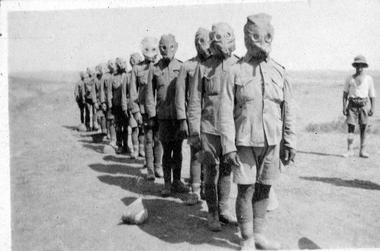
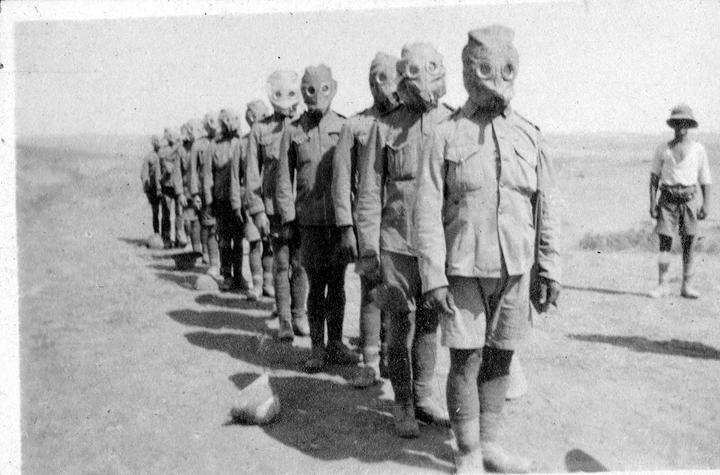
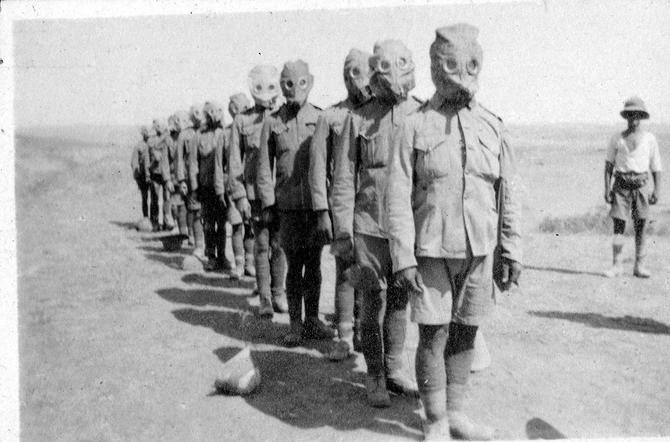
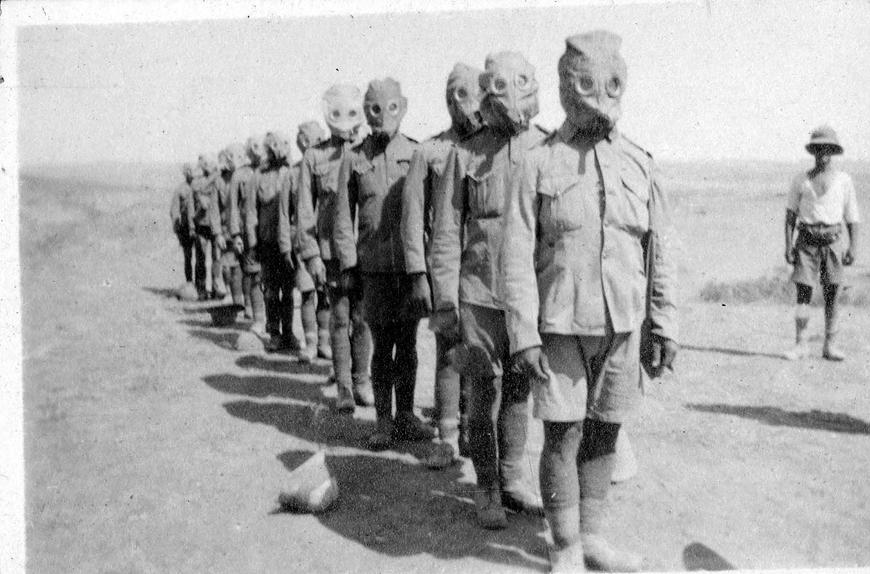
The story of the famous Norfolk Regiment started in 1881. It was formed on the basis of the 9th infantry regiment of the British army. It mainly consisted of the volunteers and local militia. In the first half of August 1915, 1/4th and 1/5th regiments of the Norfolk battalion landed in Suvla Bay and started to attack the Anafarta village. The enemy was dangerous – fighters of the 36th Turkish division under the command of the Major Munib-bey. Soon the command sent the Sandringham company to take the height 60. Sandringhams came right in the midst of the bloody battles. They were a military unit, formed by King Edward VII in 1908. The unit consisted of people recruited from the headquarters of the royal fort of Sandringham. Afterward, they were included to the 5th territorial battalion of the Royal Norfolk Regiment or simply Norfolk. This regiment was unique because it was one of the first examples of what is called “Pal’s Battalions”. It consisted of people recruited from the same social group, for example, the same city, or, in this case, the royal estate. The groups were well-knit, because their participants knew each other very well, sometimes even since childhood (Johnson). After Sandringhams took the height, a bizarre thing happened. 267 people led by Colonel Beauchamp and Captain Beck while moving along the hollow got to the mysterious mist. The witnesses say that it blinded the artillerists and they could not apply for support. When the mist disappeared there was no a single alive or dead solider of the Norfolk Regiment there as if they dissolved in the mist.
The materials on this case were declassified in 1967 only, that is after the half-century after the tragedy. Information about the bizarre mist is contained in the official document “The Final Report on the Dardanelle Commission”, where this incident was investigated.
The British suggested that their soldiers could be captured by the Turkish and insisted on returning the captives. Turkish command declared that they did not take any captives on that land and even did not fight any battles there.
The lost soldiers were still found in 1918. None was alive. According to the report of the officer who was responsible for their burial, it is said that 180 bodies were found. Only a few bodies were identified. All the bodies were scattered on the territory of a square mile on the Turkish side. Most of them were killed on the farm because the local farmer told that his barn was full of decomposed bodies of British soldiers. This proves the suggestion that soldiers did not go far to the enemy land but were killed one after another right away.
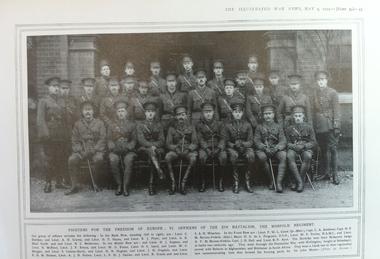
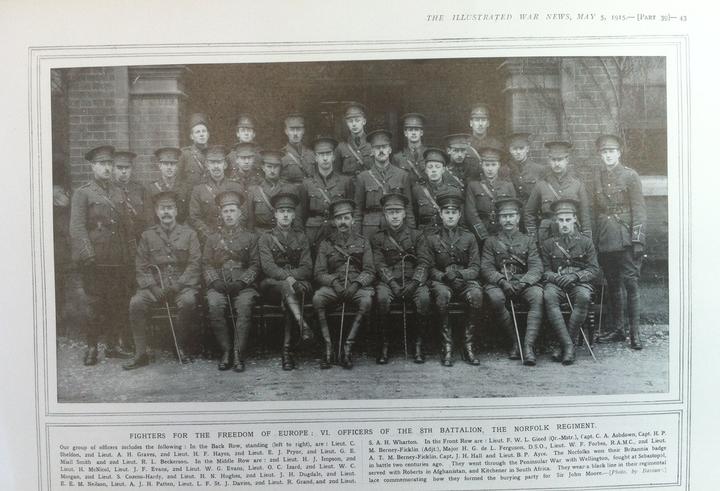
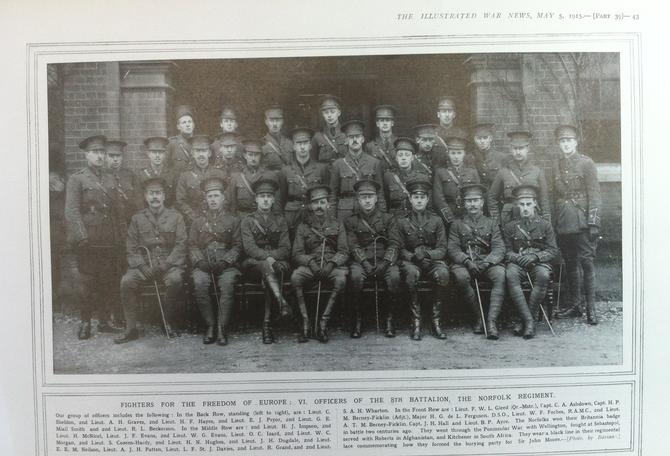
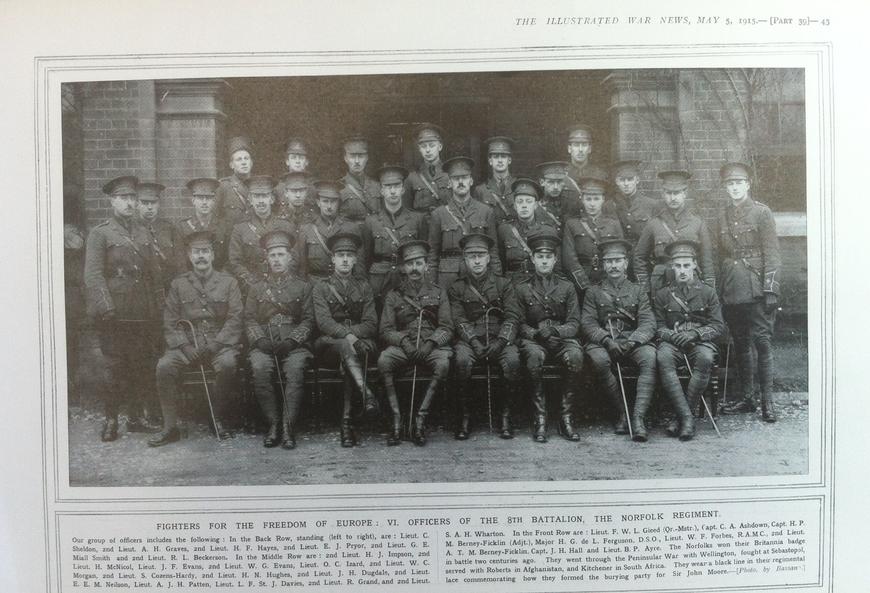
There is nothing mysterious that British soldiers were killed by the Turkish army. Even though Turks do not confess in it, they were famous for their cruelty and could easily do it. The bizarre thing is the big clouds that, by the words on the eyewitnesses, were still and did not move even though the wind was blowing. They also say that after the soldiers went into the mist no one heard any sound of the shooting or shouting. After soldiers disappeared, the clouds disappeared too. In the 60th on the raise of interest to the UFO ufologists saw the intrigues of extraterrestrial civilizations who took the poor soldiers up and then threw them back for some reason. It is interesting that in the reports of the officers it is said that the bodies of the dead fighter were very mutilated and bones were broken.
In any case, not all the soldiers of the Norfolk Regiment were dead. Many of them returned home alive and healthy. The destiny of the fighters led by Colonel Beauchamp and Captain Bech is still a riddle. Of course, for those times the death of a few hundreds of soldiers was an ordinary thing. But this very story has accurate strange things. It is not clear why many documents and reports on it were put under the secret and why there are no proofs of the clash with existent dead. We do not know if the bodies were put under the expertise and if the experts made any conclusions based on the results.
There are reports of the eyewitnesses about the mist and clouds as well as blinding light but there are many inaccuracies in them, for example, mismatch of the dates and number of the battalion. One of the most detailed and thorough investigations of the legendary regiment was published in the book Vanished Battalion by Nigel McCrery. It is interesting that the priest who found the bodies in 1918 did not mention in his report that all the bodies were shot to head. It suggests execution. This fact turned the history of the event because it could be classified from losses on the battlefield to the war crime (McCrery, 1992).
A big role was meant for the military field artillery. It was supposed to protect the soldiers coming along the hollow. The poor estimation of the climatic and weather conditions resulted in the light blinding the artillerists. The command was sure that sun and light were on their side but it turned vise verse – the allied artillery was blinded. The army did not know the land, did not have proper maps and did not know clear aim. One of the versions of the disappearance of the Norfolk Regiment is that they could be killed by their own artillery. It could happen not only because of the bad visibility in the mist but also because of the poor coordination and numerous strategic mistakes of the command, which were frequent during all the Gallipoli Campaign.
It is quite possible that in reality British soldiers were captivated and executed by the Turkish even though they deny any battle with the 1/5th battalion. Other numerous cases testify that the Turkish army was cruel and rarely let their captives return alive. The allied command that could not plan a proper strategy and completely lost the mission added a mysterious hue to the battle to cover their incompetence. Nevertheless, the bizarre story about the vanished battalion took its solid place in the list of the big was misteries.